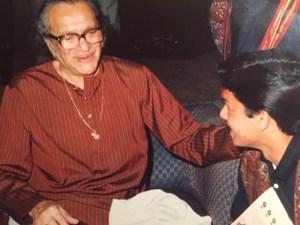Since we are in a month of gratitude with Thanksgiving (in the United States) and the holiday spirit soon upon on us, I wanted to build on this important theme. I know I am not alone when it comes to facing adversity and looking for ways to overcome obstacles, but I do think there there is a lot to be thankful for, especially those of us who do find positive coping strategies. I would like to put this in perspective so readers can make positive changes and derive their own benefits.
“Helping professionals,” namely teachers, doctors, nurses, coaches, educators, therapists, religious leaders etc. have all played a critical role in my life and ongoing recovery. Through their kind words and deeds, I was able to receive the care I needed at the right time and place. As I’ve alluded to in an earlier blog post, we are all on journeys through time and space which only we as individuals experience to fully comprehend our life on earth. Sometimes, our individual and collective journeys can lead to painful emotions, sometimes it can lead to dullness and sometimes it can lead to awakenings, among other ways of being.
I have come to learn through experience gained over the last decade, that if one practices gratitude with a positive attitude this can lead to happiness. Practicing gratitude is a habit that can be formed through both small and big acts of kindness. These are usually learned at home from family and friends and then through socialization at clubs, schools, universities, faith-based organizations, businesses or even at times, government agencies. A retired educator once noted that there are no limits as to how many times you can say thank you. To operationalize this concept, I would add that if one exercises the “gratitude muscle” through random acts of kindness with a positive attitude this will result in greater happiness. Thank you and may you find happiness!










